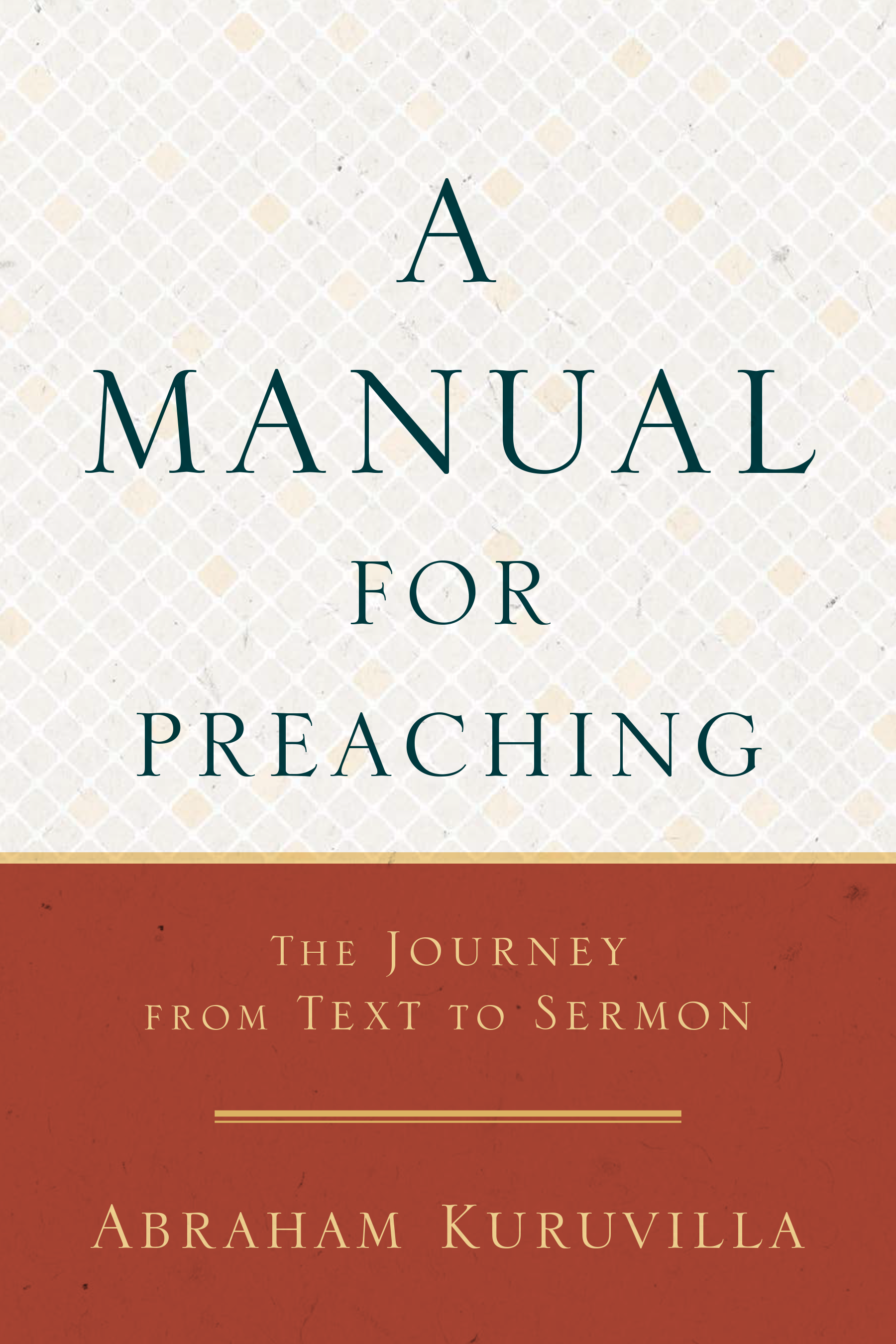Hands!

Deaths from unintentional injuries are the seventh leading cause of death among older adults. According to the Centers for Disease Control, falls are the leading cause of injury-related death among adults age 65 and older, and the age-adjusted fall death rate is increasing: it went up 30% in the last ten years, to about 604 deaths per 100,000 older adults (that’s about 29,700 adults in the US dying in the last year for which we have numbers).
Apparently one in four U.S. residents aged 65 and over report falling each year. (I can attest to that, having cared for an aging and fall-endangered parent for several years: and yes, he fell at least once a year despite every attempt to keep him safe and secure; the last time it happened he fractured a few vertebrae!) Fall-related emergency room visits are said to cost about $3 million per year.
Well, there appears to be one set of muscles that, if developed well, can help prevent these falls and their critical consequences. Your hand muscles!
It seems that stronger hands grip supporting objects tighter and thus prevent falls. Besides they also brace better and stronger when one actually takes a tumble. Especially for those older ones employing canes, walkers or handrails or need assistance getting out of chairs, a stronger grip with the hands could be quite important for their wellbeing.
Studies have also linked stronger hands to healthier hearts! Researchers from the University of Florida, Gainesville, showed, a few years ago, that:
Among healthy weight adults, combined grip strength is lower in individuals with diagnosed and undiagnosed diabetes and hypertension.”
Not that a stronger grip is, in and of itself, preventive of those diseases. But a firm hold exerted by hand muscles is a good marker for overall muscle strength which, in turn, is correlated with a lower prevalence of diabetes and hypertension.
A growing body of evidence strongly suggests that age-related changes in skeletal muscle composition, specifically the accumulation of lipids within skeletal muscle fibers, contribute to poor muscle quality and can lead to metabolic disorders.”
In fact, even among seemingly healthy individuals with normal Body Mass Index, lower grip strength was associated with undiagnosed diabetes and hypertension (as well as diagnosed disease).
This work suggests that grip strength may have potential utility as a quick, noninvasive marker to cue physicians and increase suspicion of undiagnosed cardiometabolic disease, specifically diabetes and hypertension.”
But it is not how strong your hand is, but who is at your hand that determines your shakeability!
I have set Yahweh before me continually;
because [He is] at my right hand, I will not be shaken.
Therefore my heart is glad and my inner being shouts with joy;
yes, my flesh will dwell in safety.
Psalm 16:8–9
In turn, it is what is in God’s hands that determines our joy in life:
You will make known to me the path of life;
fullness of joy [is with] Your presence;
pleasures in Your right hand perpetually.
Psalm 16:11
And our hands, in his:
By Yahweh the steps of a person are established,
and in their path He delights.
Though they fall, they will not be thrown down,
for Yahweh supports their hand.
Psalm 37:23–24
On the other “hand”:
Your hand finds out all Your enemies;
Your right hand finds those who hate You.
Psalm 21:8
And our response?
So I bless You all my life;
in Your name I lift up my hands.
Psalm 63:4
SOURCE:
American Journal of Preventive Nutrition; CDC; Axios











 Abe Kuruvilla is the Carl E. Bates Professor of Christian Preaching at The Southern Baptist Theological Seminary (Louisville, KY), and a dermatologist in private practice. His passion is to explore, explain, and exemplify preaching.
Abe Kuruvilla is the Carl E. Bates Professor of Christian Preaching at The Southern Baptist Theological Seminary (Louisville, KY), and a dermatologist in private practice. His passion is to explore, explain, and exemplify preaching.